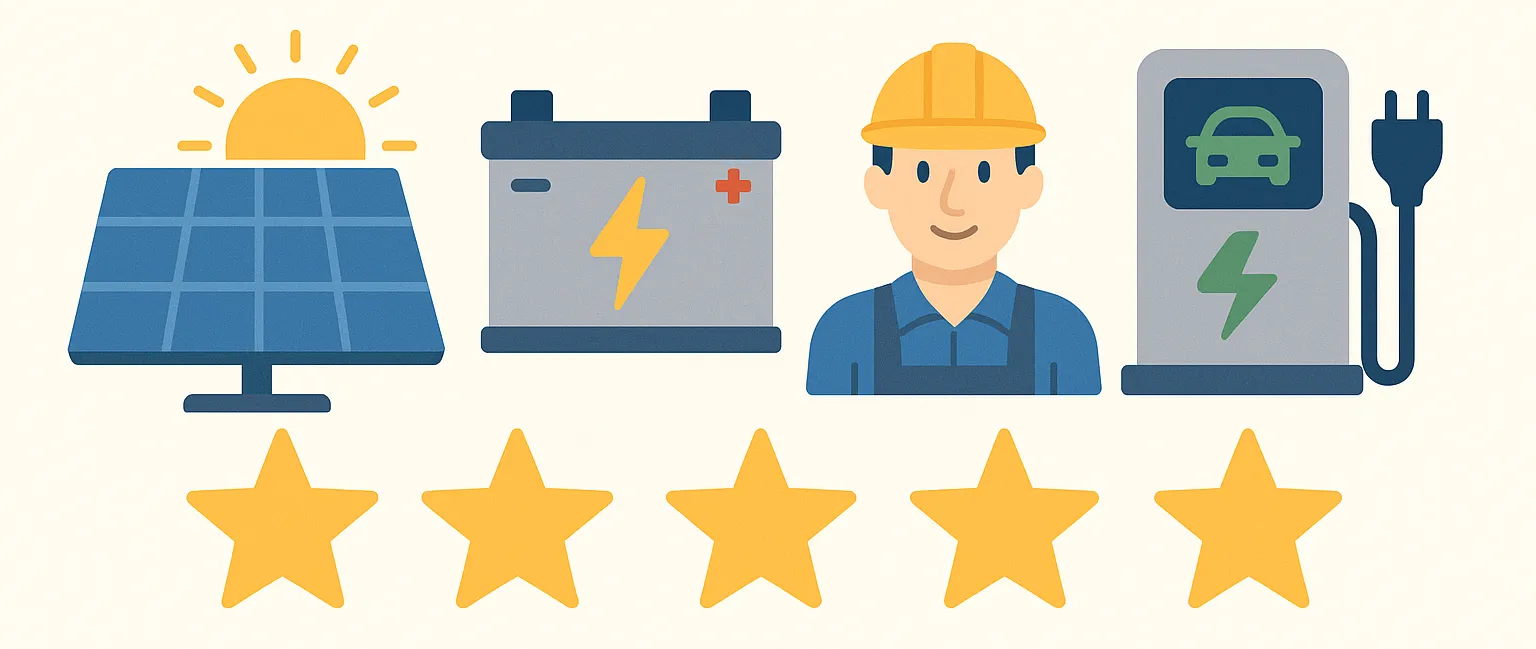As a tenant or resident of an apartment building you might assume that a solar energy system to supply your home is out of your reach, either because you don’t own the property, you don’t have direct access to the roof or (if you’re a landlord) you might assume the investment in a solar energy system won’t provide return on investment if you don’t live in the property.
Solar power is gaining momentum thanks for plummeting product costs, competition in the installation market and industry exposure. It’s now tempting to become a ‘gentailor’ (generator-retailer) by uploading your own excess solar power (using a battery) onto a peer-to-peer network (as South Australia plan to do, or like this street in Victoria did).
Apartments-dwellers and renters make up one third of Australians
A significant portion of Australians don’t have access or don’t own their rooftops which could mean a huge chunk of the population don’t have access to solar power. However, that’s not necessarily the case.
Some owners might not want to invest in solar for tenants because although the initial cost is incurred by the owner all of the benefit is received by the tenant and even then the benefit is not immediately visible; it comes in the form of lower electricity bills.
Why landlords should invest in solar
All this has so far prevented all but the most motivated landlords and apartment buildings from embracing solar (source)
”Libby Kartzoff and her partner Gary Fry own a rental property in Bellingen, NSW; the benefit from the 1.5 kW solar system goes directly to their tenant. “We think of our tenant as the custodian of the property and appreciate someone who wants to live here long term—passing on the benefits of the solar system is, to us, an important part of that exchange.”
There are some financing options available to enable landlords to invest in solar energy systems for their tenants.
- Corena help with interest-free loans to home owners to incentivise installing solar energy systems for tenants of rental properties.
- Landlords can increase rental costs to account for the solar energy installation or tenant and landlord can come to an agreement for the tenant to pay per kilowatt-hour for solar energy used on a pay-for-consumption model.
- Environment Upgrade agreements are available as a financing method through some local Councils.
For apartment buildings different circumstances arise as there is not 1 tenant to consider, but many. Management can install common area solar (like rooftop) that benefit the building as a whole, for energy needs like lifts and air conditioning or they can install individual solar energy systems for apartments. This can be the more simple of the two, however is not always possible for all apartments as they may not have access to sunshine during peak periods.
There’s a few options out there to be considered for apartment owners and dwellers. This article from Renew has some helpful content.
So if you rent your home or you live in an apartment solar may not be completely closed off to you. It’s not as straight forward a decision if you don’t own a house but there are options available.
